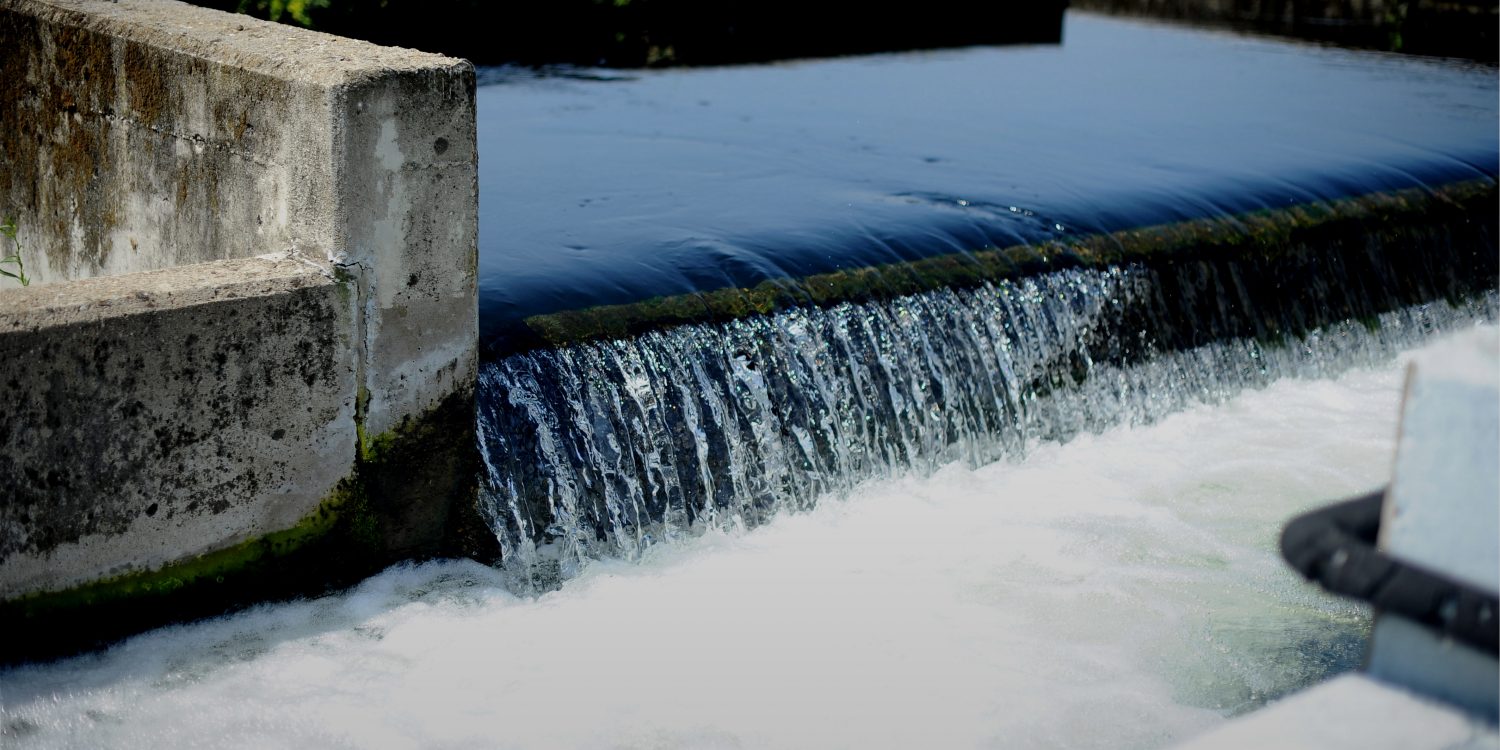The aqueduct network
The modern aqueduct is a more advanced version of ancient Roman aqueducts. Today, as in the past, we need miles and miles of pipelines and networks to supply homes with water: starting from the reservoir, pipes run underground to reach all the houses. In reality, the water travels along the aqueduct pipes to the entrance of each building.
From that point, it is the building's internal system that distributes the water to each flat, in the same way that the condominium drains are connected to the sewerage system to transport dirty water to the treatment plants.
This is what aqueducts are used for: they supply everyone with very high quality tap water. But where does the water we drink come from? It is groundwater, which is extracted from deep underground using wells and pumping systems (in technical jargon “abstraction”). Specifically, the water cycle inside the aqueduct consists of three main phases:
- abstraction: this consists of extracting the water from the aquifer and introducing it into the distribution network. Unlike surface water, used mainly in agriculture, groundwater has the great advantage of being already naturally filtered through the permeable layers of the ground (it is often already drinkable from a physical and chemical point of view and no purification treatment is necessary).
- purification: in the event of contamination or potential risks, the water undergoes a purification process which can involve different treatments depending on the initial quality. We have over 300 active water purification plants in the territory. The most commonly used methods for treating water before it reaches the distribution network are reverse osmosis, activated carbon, oxidation and filtration.
- distribution: at this point, the drinking water enters the water supply network, i.e. the final part of the aqueduct. The drinking water distribution network extends for over 4000 miles, serving 133 municipalities and covering nearly 2 million users. The water in the pipes is always pressurized to prevent any substances from infiltrating the pipes from the outside and risk contaminating it. This is how fresh, pure and safe water arrives in our homes.






